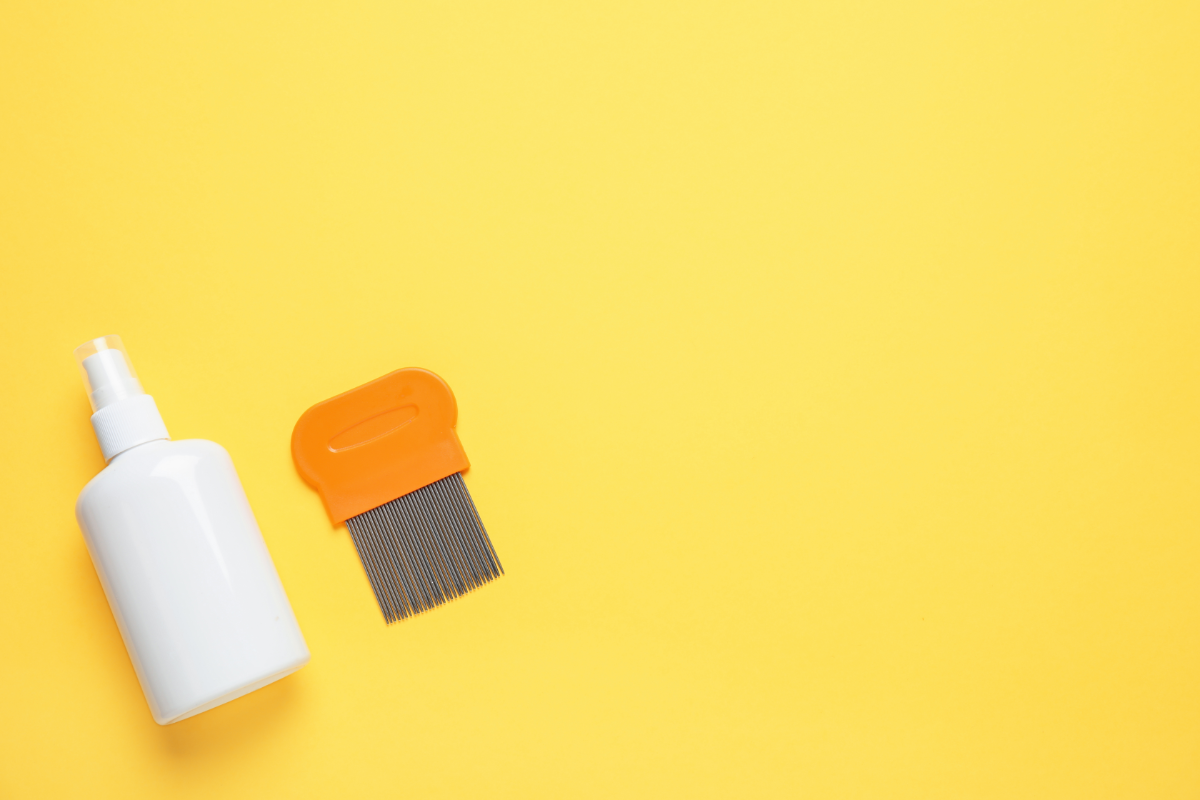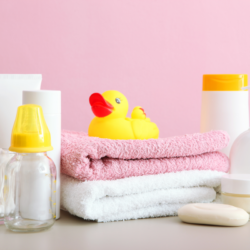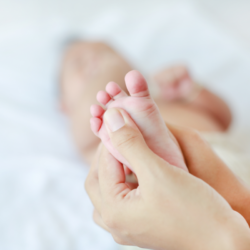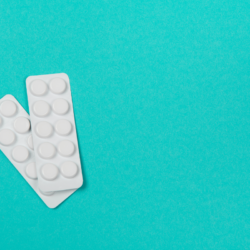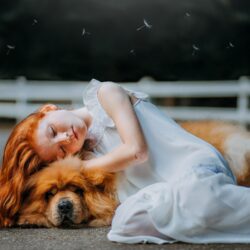The start of the new school year is often synonymous with the arrival of head lice in our children’s hair. Just thinking about it can give us a phantom itch. It’s all the more urgent to find the quickest way to prevent this invasion before the big day. But the reality is quite different: there are no preventive measures to avoid these little beasts. Only a good curative treatment will get rid of them. So the question arises: which anti-lice remedy should you choose? We’ll give you the answers in the following paragraphs.
Why shouldn’t I consider prevention?
Unfortunately, preventing head lice is ineffective. Head lice are easily transmitted by contact. This can happen very quickly in the playground, the classroom or the refectory.
What’s more, the preventive anti-lice products on the market only work in the short term. You’ll be wasting not only your time but also your money on products that only delay the onset of the problem. The best way to eradicate lice is therefore to be patient and wait for the invasion. After that, you need to choose a suitable treatment to be applied from the first day they appear. Normally, after 3 to 7 days of treatment, the little beasts will have disappeared for good.
Which anti-lice treatment should I choose?
The solutions listed below all require between 3 and 7 days of continuous application for optimum eradication.
Natural alternatives :
These days, parents are increasingly turning to natural methods to get rid of head lice. In the vast majority of cases, these are risk-free, but not very effective in the long term. Nevertheless, you can use them to optimise the eradication of these parasites.
-
Coconut oil:
This can help to eliminate lice and nits easily. How do you use it? Simply apply a mask to your child’s hair and gently massage the scalp. Once the vegetable oil has been thoroughly applied to each strand, place a film or bathing cap over the head so that no air can get in. The result: the insects and their eggs asphyxiate 1 hour (and a bit) after application. Once this time has elapsed, all you need to do is shampoo your hair and remove any residue with an anti-lice comb.
NB: you can substitute coconut oil with olive oil if you have any.
-
Baking soda:
Baking soda is known to get rid of nits. What’s more, it’s very easy to use. Simply spread the baking soda powder directly on the scalp and massage for several minutes, then rinse. Of course, make sure your little ones’ eyes are closed tightly to prevent the powder from getting into them. If you’re worried about this happening, you can also dissolve the bicarbonate in hot water. In this case, dip the lice comb in the mixture and run it over the strands. Don’t hesitate to dip the comb in the mixture as often as possible for best results.
NB: Baking soda will remove nits very easily. However, it will be less effective against lice that cling to the hair.
-
Tea tree and lavender essential oils:
Tea tree and lavender essential oils have gained popularity in the treatment of head lice infestations thanks to their proven effectiveness in scientific studies. Landmark research published in theInternational Journal of Dermatology examined the effectiveness of a treatment based on these essential oils compared with a traditional chemical-based lice treatment.
The study evaluated the efficacy of a formulation containing tea tree oil and lavender oil. The participants, all suffering from head lice infestation, were treated either with this natural solution or with a conventional treatment. The results were impressive: the essential oil-based solution showed a success rate of 97.6%, significantly higher than that of the chemical treatment, which was 25%.
Properties of essential oils
- Tea Tree Oil: Known for its natural antimicrobial and insecticidal properties, tea tree oil is effective against lice by inhibiting their activity and killing them.
- Lavender oil: Renowned for its calming and repellent effects, lavender oil complements the action of tea tree oil by repelling lice and soothing scalp irritated by lice bites.
Application and precautions
Certain precautions must be taken when using these essential oils:
- Dilution: Essential oils should be properly diluted in a carrier oil (such as coconut or almond oil) to avoid the risk of skin irritation.
- Sensitivity test: It is advisable to carry out a skin test before general application to check for any allergic reaction.
- How to use: Apply with care, making sure to cover the entire scalp and hair, and leave on for a suitable period of time before rinsing.
Warning: Tea tree essential oil potentially contains allergens. It is also contraindicated for children under the age of 7.
-
Dimethicone: Effective against lice
Although dimethicone is not a natural remedy in the traditional sense, it represents an important alternative in the treatment of head lice infestations. Dimethicone is a type of silicone commonly used in cosmetic and medical products due to its non-toxic properties and safety of use.
Mechanism of action
Dimethicone’s mode of action against head lice is primarily physical. It works by creating a thin, watertight layer around the lice and nits. This barrier prevents the lice from maintaining their water balance, leading to death by dehydration. Unlike traditional insecticides, dimethicone does not act via toxic chemical mechanisms, which minimises the risk of lice developing resistance.
Clinical efficacy
Several clinical studies have demonstrated the efficacy of dimethicone in the treatment of head lice infestations. A study published in theBritish Medical Journal revealed that dimethicone-based formulations were significantly more effective than conventional permethrin-based treatments. In these studies, dimethicone was able to eliminate lice and nits with an efficacy of up to 90%.
Benefits and safety
One of the main advantages of dimethicone is that it is safe to use. Unlike chemical pesticides, it is non-toxic and safe to use on children and adults, including those with sensitive scalps. What’s more, as a non-chemical treatment, it presents a minimal risk of skin irritation and allergic reactions.
Wet combing: an effective mechanical method against head lice
Wet combing is a widely recognised mechanical technique for combing lice and nits. This simple but effective method involves using a fine comb specially designed to detect and remove lice and nits from the hair.
Principle of the method
Wet combing involves moistening the hair, which makes the lice less mobile and therefore easier to catch with the comb. Nits, which are firmly attached to the hair, are also more easily detached when the hair is wet and conditioned with a conditioner or specific product.
Wet-combing procedure
- Dampening the hair: Wet the hair with water and generously apply a conditioner or detangling product. This makes it easier to comb through and temporarily immobilises the lice.
- Splitting the hair: Separate the hair into sections for thorough combing. This ensures that each strand of hair is carefully examined.
- Combing: Use an anti-lice comb, with fine, tight teeth, to comb each section from roots to ends. After each pass, clean the comb to remove any lice or nits caught.
- Rinsing: Once you’ve finished combing, rinse hair thoroughly to remove conditioner and any residue.
Effectiveness and recommendations
Studies have shown the effectiveness of wet combing, particularly when it is carried out regularly and meticulously. For best results, it is recommended to use this method every three to four days for at least two weeks to ensure that all lice and nits have been eliminated.
Effective products on the market :
Today, there are a number of quality products that can eliminate lice and nits quickly and effectively. Here are a few of them, but be warned: it’s advisable to check with your doctor before use. Because children are more fragile, prevention is better than cure.
-
Pouxit Flash spray:
Pouxit Flash spray is part of the Pouxit range. It’s one of the best anti-lice products on the market because it kills parasites quickly and is gentle on the scalp. How does it work? It suffocates lice and nits by blocking their respiratory and excretory orifices. What’s more, it’s very easy to use: you spray the product directly onto your child’s hair. Wait a few minutes and rinse. All the instructions and recommendations are written on the box for perfectly safe use.
NB: Anti-lice and anti-nits treatment for adults and children over 6 months.
-
Paranix Extra Strength 5 minutes :
Part of the Paranix range, Paranix Extra Fort anti-lice lotion is a quality treatment that also has a protective virtue, as it protects against possible re-infestations. Gentle on the scalp, it is used in the same way as a normal lotion. Simply apply it to your child’s hair, wait a few minutes and rinse well afterwards.
NB: Anti-lice and anti-nit treatment can be used on children aged 6 months and over.
Can lavender aspic essential oil be used to eliminate head lice?
The effectiveness of Lavender aspic essential oil in eliminating head lice is not fully supported by clinical evidence. Although it has anti-parasitic properties, precautions should be taken before using it. Dilute the oil in a vegetable oil before applying to the scalp, carry out a skin sensitivity test and avoid contact with the eyes. Consult a health professional for appropriate advice on treating head lice.
Small recommendations
As mentioned above, head lice are transmitted by contact. However, it is difficult to avoid this at school during daily group activities. The best thing we can do to minimise the damage is to start by keeping your children’s hair as short as possible. Secondly, it’s essential to teach our children to avoid exchanging objects that have been in direct contact with their hair. Typical examples include elastic bands, scarves and hats. These can carry nits and lice.
Pillows and bed linen are also on the list of objects likely to harbour lice and nits. For the duration of the anti-lice treatment, it is therefore essential to isolate them in a room and enclose them in one or more airtight bags. These insects can’t live more than 12 hours away from their hosts, so they’ll suffocate quickly. Don’t hesitate to use the same procedure for clothing such as jumpers and gloves that are close to the hair when worn. Then, after a few days, you can wash them at 60° to remove any remaining parasite residue.
Before using any of the products recommended above, it’s always important to seek professional advice. Some of them may contain allergens, especially for the very young (3 to 4 years old). Don’t hesitate to ask any questions you may have to make the best use of anti-lice remedies and achieve optimum results.

